US airlines cut flights, with more cancelations into next week
Published in Political News
Airlines across the U.S. began canceling flights scheduled for the coming days, as the longest government shutdown in history snarls up air travel and forces thousands of passengers to change their travel plans.
With hundreds of services already suspended by the four largest airlines, the world’s busiest aviation market has become a flashpoint in the long-simmering clash between Republicans and Democrats over federal funding as President Donald Trump ramps up pressure to forge a deal.
The Republican-led administration has said the reductions are necessary to keep flying safe amid staffing shortages brought on by the shutdown. At least one top congressional Democrat has called for more transparency to ensure the move isn’t politically motivated.
Out of 25,375 flights scheduled for Friday, fewer than 3% have been canceled, according to data compiled by aviation analytics company Cirium. United Airlines Holdings Inc., which is scrapping 510 flights through Sunday, and American Airlines Group Inc. are the most affected, with the highest cancellations on intrastate routes in Colorado and Texas.
“Probably right now it’s more akin to a snowstorm or a stretch of bad weather than a catastrophic breakdown,” Tom Fitzgerald, an analyst at TD Cowen, said in a Bloomberg Television interview. “The swing factor will depend on how long this lasts. I would say all the major airlines are going to feel this.”
Airlines have experience with navigating disruptions such as storms or technical outages, and the carriers are likely to mitigate the fallout by cutting capacity on their least occupied routes. United has said reductions fall on regional and domestic mainline flights that don’t travel between its primary hubs.
The reductions also don’t apply to international flights. The FAA’s order does, however, ban commercial space launches and reentries during certain hours beginning Monday. The order also allows FAA facilities to elect not to provide some air traffic control services when there isn’t adequate staffing.
The U.S. Transportation Department and Federal Aviation Administration announced Wednesday that they would order airlines to cut 10% of flight capacity across 40 major airports in an effort to relieve pressure on the aviation system. The plan was unveiled by Transportation Secretary Sean Duffy and FAA Administrator Bryan Bedford.
“With continued delays and unpredictable staffing shortages, which are driving fatigue, risk is further increasing, and the FAA is concerned with the system’s ability to maintain the current volume of operations,” the agency said in an emergency order released Thursday evening to implement the plan.
“I’m trying to get people where they want to go, and get them there safely,” Duffy said in an interview with CBS News on Friday. “If people want to question us, I would throw it back at them, open up the government. We have to take unprecedented action because we are in an unprecedented situation with a shutdown.”
Cirium said that as of 6 am in New York, there were 25,375 flights scheduled to depart on Friday from the U.S., of which 748 have been canceled, equaling 3% of the total. For Saturday, the rate of suspended services stands at 365, or 1.7%, Cirium said.
The government order requires airlines to cut total daily domestic operations by 4% starting Friday, 6% Tuesday, 8% Thursday and 10% by the following Friday. The reductions apply to flights between 6 a.m. and 10 p.m. local time at each airport.
Flights in and out of the largest U.S. airports are affected, according to a list included in the order. That includes the New York-area airports of LaGuardia, Newark and John F. Kennedy, as well as hubs in Los Angeles, Chicago, Denver and Atlanta.
The big four airlines, which are exposed to the largest hubs in the country, should be the most affected in November and December, according to a report from Sheila Kahyaoglu, an analyst with Jefferies. The 10% cut implies American, Delta, Southwest, and United will have to trim overall seat capacity by roughly 6%.
“We expect the vast majority of our customers’ travel will be unaffected, and long-haul international travel will remain as scheduled,” American said in a statement. “As schedule changes are made, we’ll proactively reach out to customers who are impacted.”
United Airlines said it will see about 510 services culled between Friday and Sunday, including 184 on Friday. Omar Idris, United’s vice president of airport operations in Chicago, said the airline intends to cut additional flights over the next week to hit the 10% target by next Friday.
Delta Air Lines Inc. said it was canceling about 170 flights for Friday, and Southwest Airlines Co. said it was removing roughly 120 flights from its schedule for the day. American Airlines Group Inc. cut about 220 flights each day through Monday, and CEO Bob Isom said in an interview with CNBC that the capacity cuts have started impacting bookings for the all-important Thanksgiving period, when many Americans will be on the road.
The government wants to act quickly because it has already detected signs of strain in the U.S. aviation system as the shutdown drags on, Bedford said during Wednesday’s press conference.
“Shutting down parts of our National Airspace System is a dramatic and unprecedented step that demands more transparency,” Congressman Rick Larsen, the top Democrat on the House Transportation and Infrastructure Committee said Wednesday. He called on the FAA to immediately share the risk assessment and data it used to make the decision.
According to the Thursday order, the FAA reviewed voluntary safety reports from October and found users of the aviation system were worried about its performance. The agency also said it “observed evidence of increased stress on the NAS in aviation safety data,” particularly in the 40 targeted airports.
The FAA has had to slow traffic at several airports across the U.S. since the funding lapse began on Oct. 1 due to an uptick in air traffic controller staffing shortages.
More than 13,000 controllers have been forced to work without pay, taking both an emotional and financial toll. Shutdowns often coincide with more controllers — as well as Transportation Security Administration agents also working without pay — calling in sick.
Duffy has said that, normally, 5% of delays are caused by staffing-related issues, but since the shutdown started that number has routinely been higher.
Former New Hampshire Governor Chris Sununu, the president and chief executive officer of industry trade group Airlines for America, said in a statement Wednesday that more than 3.4 million passengers have been impacted by delays and cancellations related to staffing shortages. The issues are likely to worsen as the busy Thanksgiving travel season approaches.
--------
—With assistance from Danny Lee, Annmarie Hordern, Jonathan Ferro, Lisa Abramowicz and Leen Al-Rashdan.
©2025 Bloomberg L.P. Visit bloomberg.com. Distributed by Tribune Content Agency, LLC.
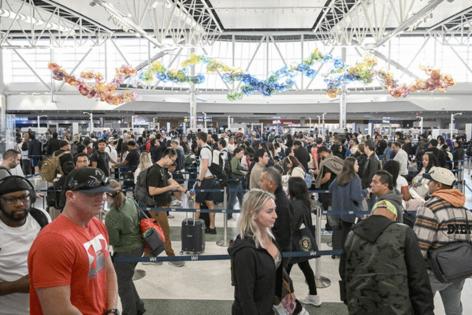


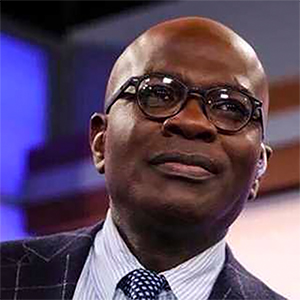























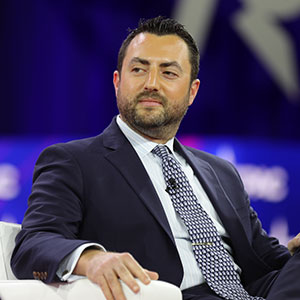
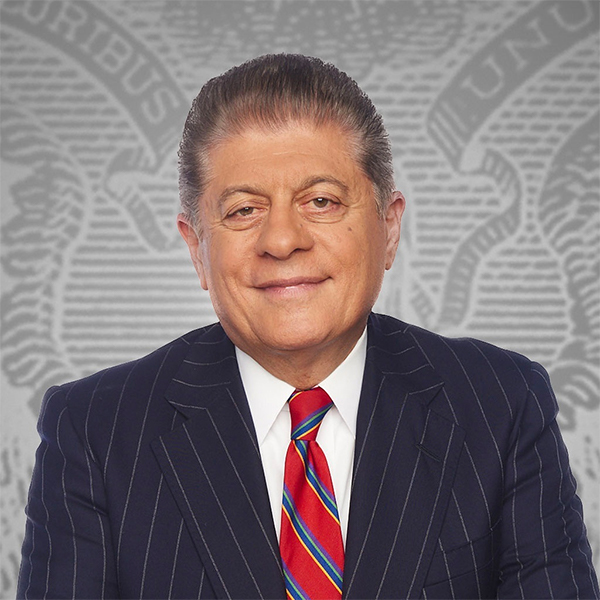












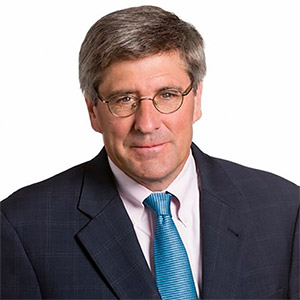








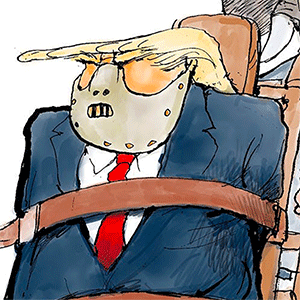


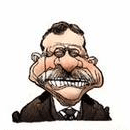
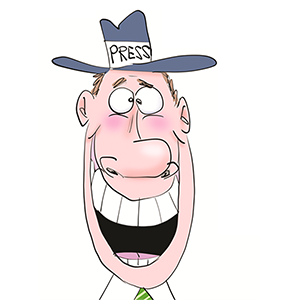
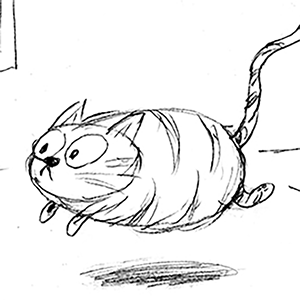
Comments